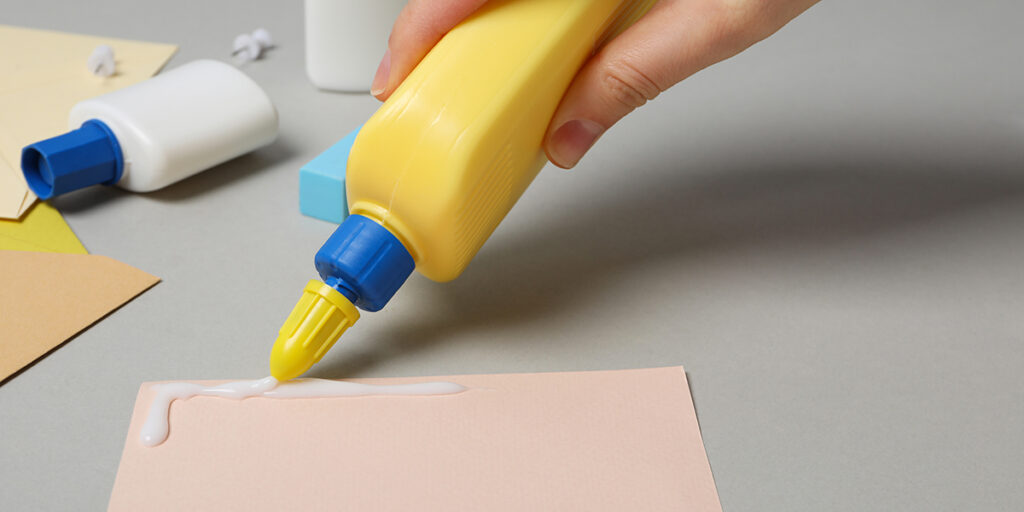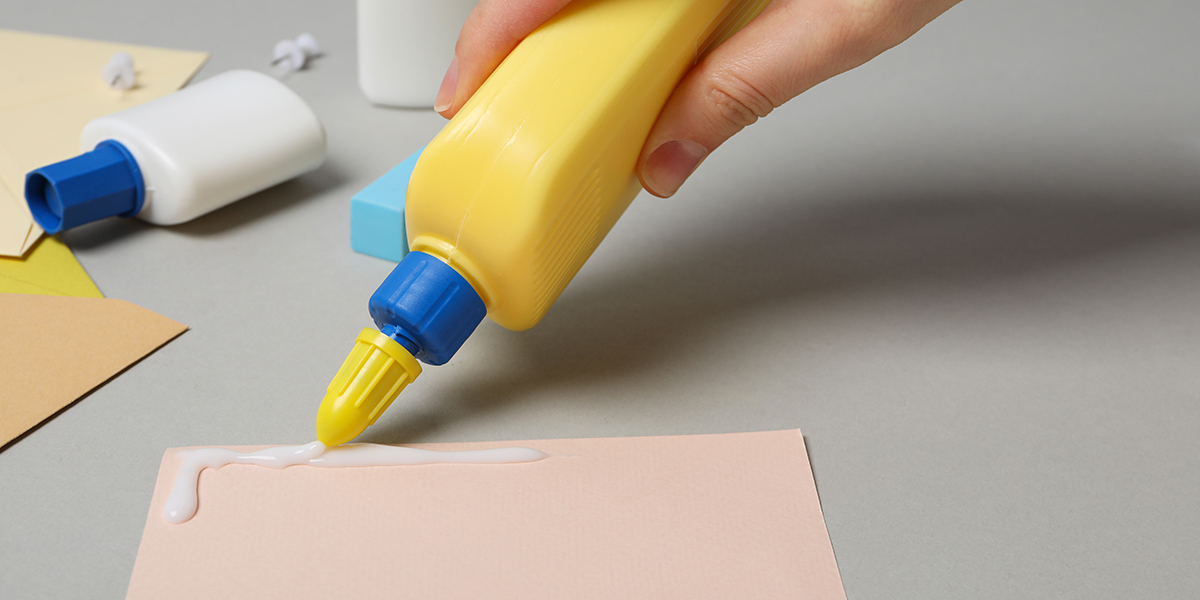
Food Grade Wood Glue: Ensuring Safety and Compliance in Culinary Applications
In the realm of culinary arts and food production, the materials used in crafting tools, utensils, and even structural components must adhere to stringent safety standards. Among these materials, wood often plays a crucial role, and the adhesive used to join wooden parts together becomes a critical consideration. This is where the concept of food grade wood glue comes into play. Understanding what constitutes food grade wood glue, its applications, and the regulations governing its use is essential for ensuring the safety and integrity of food-related products. Whether you are crafting a wooden cutting board, assembling a cheese board, or constructing wooden elements for a food display, the adhesive you choose matters. This article delves into the world of food grade wood glue, exploring its properties, uses, and the importance of compliance with industry standards.
What is Food Grade Wood Glue?
Food grade wood glue, at its core, is an adhesive specifically formulated to be safe for incidental contact with food. This means that while it’s not intended to be ingested, any potential migration of the glue’s components into food will not pose a health risk. Unlike standard wood glues that may contain harmful chemicals, food grade wood glue is manufactured using ingredients that are recognized as safe by regulatory bodies such as the FDA (Food and Drug Administration) in the United States and similar organizations in other countries.
The key characteristics of food grade wood glue include:
- Non-toxic composition: The glue is made from ingredients that are considered non-toxic and safe for human consumption in trace amounts.
- Absence of harmful chemicals: It does not contain formaldehyde, solvents, or other volatile organic compounds (VOCs) that could leach into food.
- Water resistance: While not necessarily waterproof, food grade wood glue often exhibits a degree of water resistance to withstand cleaning and occasional exposure to moisture.
- Strong bonding: It provides a strong and durable bond between wooden surfaces, ensuring the structural integrity of the assembled item.
Applications of Food Grade Wood Glue
The use of food grade wood glue is paramount in various applications where wooden items come into contact with food. Here are some common examples:
- Cutting boards: One of the most prevalent uses is in the construction of wooden cutting boards. The glue secures the different pieces of wood together, creating a solid and safe surface for food preparation.
- Cheese boards and serving platters: Similar to cutting boards, cheese boards and serving platters require a food grade wood glue to ensure that no harmful substances contaminate the food being served.
- Wooden utensils: While less common due to the difficulty of cleaning and maintaining wooden utensils, food grade wood glue can be used in their construction if necessary.
- Food displays and fixtures: In commercial settings, wooden displays and fixtures used to showcase food products must be assembled with food grade wood glue to meet health and safety regulations.
- Butcher blocks: Similar to cutting boards, butcher blocks used in both commercial and home kitchens require a strong and safe adhesive such as food grade wood glue.
Types of Food Grade Wood Glue
While the term “food grade wood glue” implies a specific formulation, several types of adhesives can meet the criteria for safe incidental food contact. Here are some common options:
- Polyvinyl Acetate (PVA) Glue: Certain PVA glues are formulated to be food grade. It is crucial to check the manufacturer’s specifications and certifications to confirm its suitability for food contact. These glues are water-based and relatively easy to use.
- Epoxy Resins: Some epoxy resins are certified as food grade after curing. These epoxies provide excellent strength and water resistance, making them suitable for applications requiring durability. However, it’s essential to ensure the epoxy is fully cured before it comes into contact with food.
- Hide Glue: Traditional hide glue, made from animal collagen, is considered food grade in its pure form. It is a natural adhesive that has been used for centuries. However, modern formulations may contain additives, so it is important to verify the ingredients.
- Casein Glue: Similar to hide glue, casein glue is derived from milk protein and is generally considered food grade. It offers good strength and water resistance but may have a longer curing time than other options.
Regulations and Certifications
Ensuring that the chosen wood glue is truly food grade requires careful attention to regulations and certifications. The following are some key considerations:
- FDA Approval: In the United States, the FDA regulates materials that come into contact with food. While the FDA doesn’t specifically “approve” wood glue, it does have regulations regarding the substances that can be used in food-contact articles. Food grade wood glue should comply with these regulations, typically found in Title 21 of the Code of Federal Regulations (CFR).
- NSF Certification: NSF International is an independent organization that tests and certifies products for safety and public health. NSF certification for food grade wood glue indicates that the product has been evaluated and meets specific standards for food contact.
- European Regulations: In Europe, regulations such as Regulation (EC) No 1935/2004 govern materials and articles intended to come into contact with food. Food grade wood glue sold in Europe must comply with these regulations.
- Manufacturer’s Specifications: Always refer to the manufacturer’s product data sheet (PDS) and safety data sheet (SDS) for detailed information about the glue’s composition, intended use, and safety precautions.
Choosing the Right Food Grade Wood Glue
Selecting the appropriate food grade wood glue involves considering several factors:
- Application: Determine the specific application for the glue. Is it for a cutting board, a serving platter, or a structural element? The application will influence the required strength, water resistance, and curing time.
- Wood Type: The type of wood being used can also affect the choice of glue. Some glues bond better with certain wood species than others.
- Food Contact Level: Consider the level of food contact. Is it direct and prolonged, or incidental and brief? For direct contact, a more rigorously tested and certified glue is recommended.
- Curing Time: Factor in the curing time required for the glue. Some glues cure quickly, while others require several hours or even days to reach full strength.
- Ease of Use: Choose a glue that is easy to apply and clean up. Water-based glues are typically easier to work with than solvent-based glues.
- Certifications: Always prioritize glues that have been certified by reputable organizations such as NSF or that comply with relevant FDA regulations.
Proper Application Techniques
Even the best food grade wood glue will not perform optimally if not applied correctly. Follow these best practices for application:
- Surface Preparation: Ensure that the wood surfaces are clean, dry, and free from dust, oil, or other contaminants. Sanding the surfaces lightly can improve adhesion.
- Glue Application: Apply a thin, even layer of glue to both surfaces being joined. Avoid applying too much glue, as this can weaken the bond.
- Clamping: Clamp the pieces together securely to ensure proper contact during the curing process. Use clamps that distribute pressure evenly across the joint.
- Curing Time: Allow the glue to cure for the recommended time, as specified by the manufacturer. Do not rush the curing process, as this can compromise the strength of the bond.
- Cleanup: Clean up any excess glue with a damp cloth before it dries. Some glues may require specific cleaning solvents.
Maintenance and Longevity
To ensure the longevity and safety of items assembled with food grade wood glue, proper maintenance is essential:
- Regular Cleaning: Clean wooden items regularly with mild soap and water. Avoid harsh chemicals or abrasive cleaners, as these can damage the wood and the glue joint.
- Avoid Prolonged Moisture Exposure: While food grade wood glue may offer some water resistance, avoid prolonged exposure to moisture. Dry wooden items thoroughly after cleaning.
- Inspect Regularly: Inspect wooden items regularly for signs of damage, such as cracks, splits, or loose joints. Repair any damage promptly to prevent further deterioration.
- Re-application (if necessary): Over time, the glue joint may weaken. If you notice any signs of weakness, consider re-applying the glue to reinforce the joint.
The Importance of Due Diligence
In conclusion, the selection and use of food grade wood glue are critical for ensuring the safety and compliance of wooden items used in culinary applications. It’s not enough to simply assume that a glue is safe; thorough research, careful consideration of regulations and certifications, and adherence to proper application techniques are all essential. By exercising due diligence, you can protect the health of consumers and maintain the integrity of your food-related products. Always prioritize safety and compliance when working with materials that come into contact with food.
Understanding the nuances of food grade wood glue allows for informed decisions, fostering both safety and quality in culinary creations. Selecting the right adhesive is as crucial as choosing the right ingredients. [See also: Safe Wood Finishes for Cutting Boards] [See also: Best Wood for Food Contact Surfaces]

